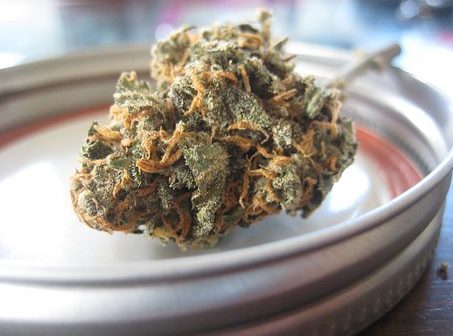The cannabis plant contains the compounds THC (tetrahydrocannabinol) and CBD (Cannabidiol) among 113 other cannabinoids. These two substances are well-known as they interact with the brain’s receptors in a very different ways. Understanding their differences can help someone wanting to use the plant for medicinal or recreational purposes.
What is the Difference Between THC and CBD?
Most cannabis plants contain both THC and CBD, but it may include higher levels of one or the other. If the plant has more THC, then it will produce a psychoactive effect leading to a “high” feeling. The more THC, the more intense the high. Most plants balance this intense feeling with CBD as it does not produce a high. This is one of the reasons that THC is most often used for recreational purposes and minor aliments while CBD is known for its highly medicinal value.
How Does THC Work?
THC acts as a neurotransmitter by binding to the receptors in the body. By connecting to the receptors directly, THC ignites different stimuli throughout the body. Since cannabinoids exist all over, even on the skin, THC can be absorbed using lotions, topicals, oils, and of course through the lungs with smoke or vaper. It can even be ingested by taking it orally with gummies, brownies, or basically any food that is infused with cannabutter, oils, or tinctures.
Depending on how it is consumed, THC takes several minutes to a few hours to take any effect. Once the reaction begins, it can increase the senses such as sensitivity to touch and taste (often causing the “munchies”). It can also lead to fatigue depending on the strain and levels of THC. For example, sativa increases energy levels and makes you more alert. Whereas indica can be used as a sleep aid. If the correct amount is taken any variation of each strain can lead to a sense of relaxation or euphoria, but overdoses can cause anxiety or paranoia especially in novice users.
How Does CBD Work?
CBD still interacts with the body’s receptors however indirectly; they do not bind with them. These cannabinoids instead perform modulation, which naturally tells the body to use its own endocannabinoids to break down enzymes. This does not produce a high feeling, rather it sends signals to the body to organically heal itself. CBD is known for its treatment of serious diseases like epilepsy, so it has been regulated to be used as a medicine. It can also be used for other conditions such as inflammation, tumors, anxiety, and mental illnesses.
Most CBD is consumed through oils and tinctures rather than smoked or vaped since it is used medicinally and, in some cases, given to minors. There are plants that have been engineered just to grow CBD with either low or no THC in it.
How do THC and CBD Differ by Law?
The legalization of both THC and CBD cannabis is controlled by the states in the U.S. and both are still considered schedule 1 substances by the federal government. THC cannabis is now recreationally legal in 9 U.S. states with 29 allowing it to be used with a doctor’s prescription. There are 46 states that allow the use of CBD with some variations on its use and sale. The FDA has recently begun testing CBD to see if it can treat children’s seizures. Then there is the case of CBD hemp, which contains almost no THC. This type of plant is considered legal as it does not come from the same type of marijuana plant.




